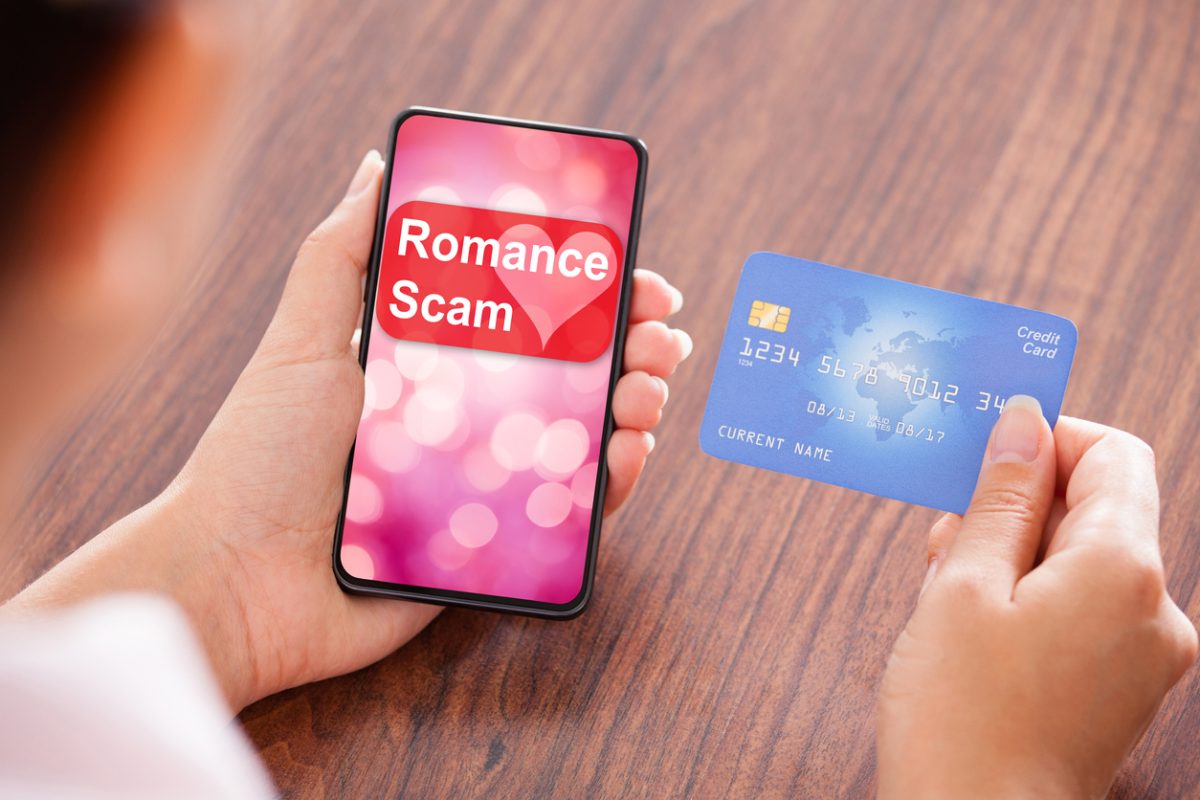Why we need KYD (Know Your Date) verification in the era of online dating
The digital era has ushered in a host of options for online dating. Much like the world of online financial transactions, this has also brought a host of fraudulent activity and risk to all demographics. Who hasn’t learned about catfishing at this point? And hello Tinder Swindler—we all see you now.
Even before Covid-19, online dating was surging. It’s no surprise that this trend, like many others, has accelerated due to the pandemic. In 2022, it was reported that over 323 million people worldwide use dating apps, and as with all things digital, trust is paramount.
Warning signs of romance scams
Romance scams, which occur when a criminal adopts a fake online identity to gain a victim’s affection and trust, are on the rise. In the US in 2022, nearly 73,000 people lost more than $1bn to romance scams. As the FBI warns, anyone can be a target. Criminals who carry out romance scams are experts at what they do and will seem genuine, caring and believable. And the truth is, whether it’s Gen Z or retired baby boomers, anyone can be a victim of online fraud. Fraudsters have become highly sophisticated, very cunning and tech savvy, so it’s important to always be vigilant. When it comes to KYD (Know Your Date), here are some red flags to remember:
- Scammers may be posing as a celebrity and/or have very thin profiles
- Scammers will often move fast, love bombing and even proposing marriage
- Scammers may say they can’t meet in person for any number of valid sounding reasons
- Scammers will ask for personally identifiable information (PII) or money and provide instructions on how to send it
Solutions for online dating providers
Daters should choose online dating providers that offer a level of security, much in the way that many shared economy apps have provided this assurance. This can be easily accomplished via online identity verification to weed out fake dating profiles created by bots or with phished and/or spoofed PII. By providing a level of assurance to users, companies will increase confidence and safety by ensuring profiles belong to real people that are who they claim to be. The best solutions will include:
- Document Authentication (something you have): catch expired, stolen and forged IDs with forensic testing in real time by cross-checking against an extensive global document library that is continuously updated. This can provide a level of assurance on its own or can be combined with a selfie by asking a person to present government-issued documentation, like a valid driver’s license, and running a comparison (more on this in the next step)
- Selfie ID Verification with Liveness Testing (something you are): by layering on a quick comparison of a live selfie to the image on the valid ID, one can rule out the possibility of a criminal using stolen or fraudulent documentation. More importantly, a liveness test will prevent spoofing to ensure the genuine presence of the person claiming the identity
- Dynamic KBA (something you know): another seamless solution that can be utilized in combination with doc auth and liveness testing is knowledge-based authentication (KBA). Because these are knowledge-based questions that are generated in real time from a wealth of public data sources, they are harder for fraudsters to game, helping dating providers ensure the presence of a legitimate account user
- Periodic Testing/Checks: companies should do routine checks beyond onboarding to ensure that the verified account creator is still the one that is accessing and utilizing their profile—these checks could include routine liveness tests or updated KBA questions
The key is to choose solutions that easily integrate into user onboarding in order to keep the process smooth and with low friction. For example, requiring new users to quickly upload an ID image and snap a selfie takes seconds at onboarding but goes a long way to facilitating a trusted community. By leveraging these types of identity checks, online dating providers can enhance daters’ safety and confidence, while still offering a positive user experience.
